Different Types of Lighting
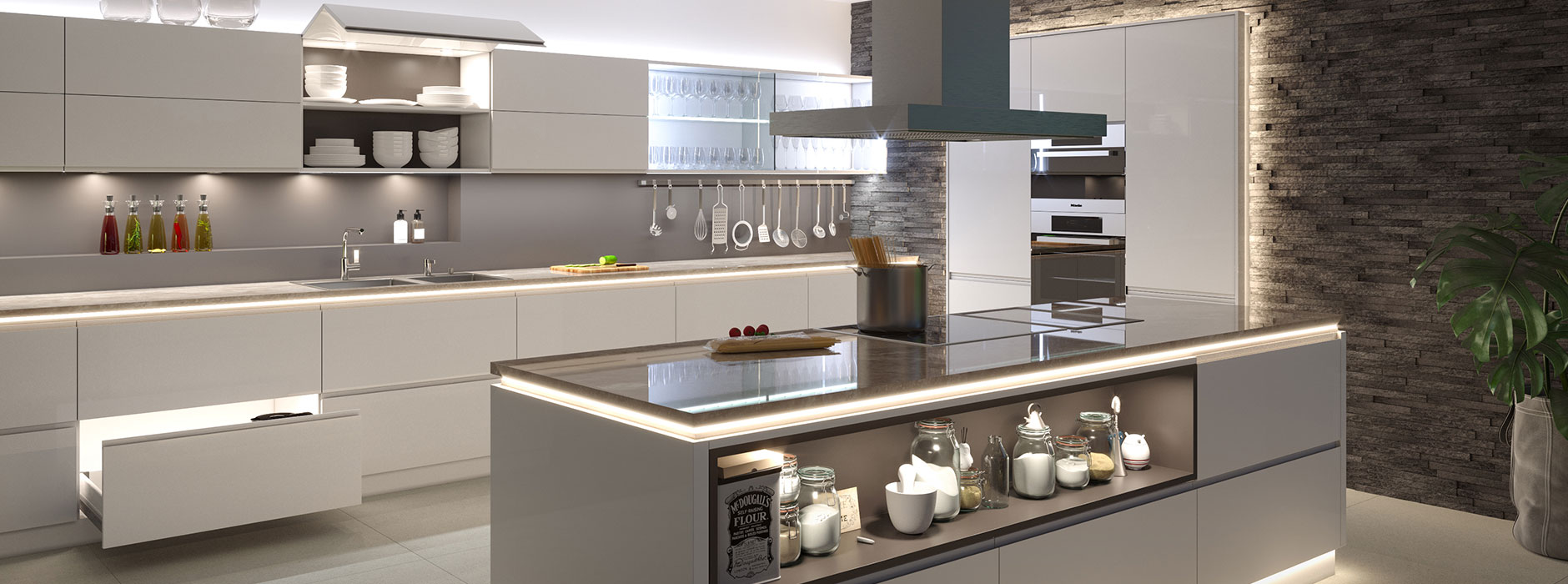
Remote working has accelerated the demand for living spaces that serve multiple purposes, whether it be a kitchen/dining room or even a bedroom as a makeshift office. Multi-functionality can change the essence of a room, and one of the biggest ways to change how a room functions and feels, is by equipping it with suitable lighting.
There are multiple different types of lighting, all of which can change the function and atmosphere of a room.
What Are The Different Types of Lighting?
Lighting Type #1: Task Lighting
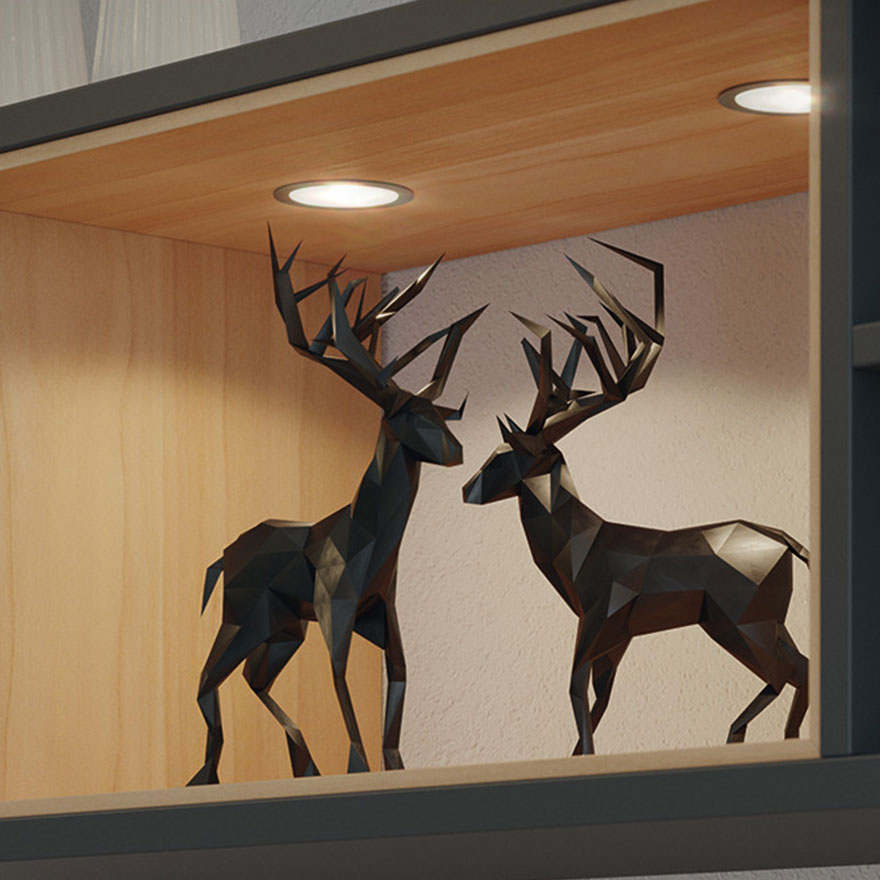 Task lighting is most commonly used to assist users when working or doing a job. This type of lighting provides localised lighting which can be adjusted to suit the work space or chosen area.
Task lighting is most commonly used to assist users when working or doing a job. This type of lighting provides localised lighting which can be adjusted to suit the work space or chosen area.
It can be used to brighten up a whole area so that the user can see much more clearly. For task lighting to be fully effective, it should reduce any glare and should be bright enough to prevent and minimise eye-strain, which makes it perfectly suited for tasks such as reading, hobbies, studying and work.
When providing task lighting for your clients, you should take into account what activities the light is going to be used for, as well as the functionality of the task light. Task lights should be adjustable in order to maximise their efficiency.
Lighting Type #2: Ambient Lighting
Ambient lighting (general lighting) provides the overall lighting to a room and can also be doubled up as task lighting. Ambient lights should set the tone and feel of the living space, and create enough light to make all of the room visible and be able to navigate safely.
Ambient lighting is usually created by ceiling pendants or overhead fixtures which can cover the whole room, however stand-alone features such as floor and table lamps can also provide ambient lighting.

Lighting Type #3: Accent Lighting
Accent lighting is a great way to draw attention to a fixture or object, while adding style to the room. Accent lighting is often used with paintings or artwork, bookcases, TVs, and other pieces of furniture and can create a very sophisticated atmosphere. We would recommend using wall lights and recessed lights to create an accent light effect.
Spot Lighting
Spotlights are a great way to project an intense light directly into a room, and they can be adjusted to any angle which makes them great for illuminating key areas. Multi-way spot lights are also very versatile as they are fixed from a single cable point but provide multiple light sources which can be adjusted to direct light at specific fixtures.
Lighting Type #4: Mood and Temperature Lighting
The tone and mood of a room can be greatly affected by the colour temperature. There are a few different colour temperatures and each of them can change the way a space or room feels. Lighting should be versatile, so users can change between different temperatures when needed. This functionality can be provided through lighting systems such as Loox.
LED lighting provides 3 distinct temperatures, warm white, cool white, and daylight.
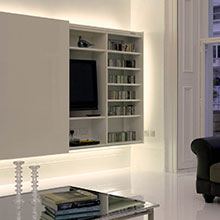 Warm White
Warm White
Warm white can invoke relaxation and provides a soft colour which is great for living rooms, dining rooms and bedrooms. On the Kelvin scale, warm white temperatures would sit around 2000-3000.
Cool White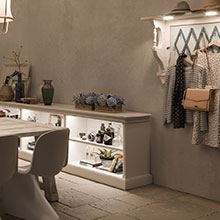
Cool white lighting offers a much brighter and vibrant colour compared to warm white. It feels quite clean which makes it a great fit for kitchens, and workplaces.
Cool white temperatures fall into the 3100-4500 section on the Kelvin Scale.
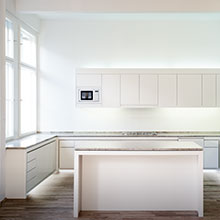 Daylight
Daylight
Daylight LED lighting is quite harsh, so it’s best to be avoided in calm rooms such as bedrooms and living rooms. It suits bathrooms and functional rooms quite well. Daylight temperature sits in between 4600-6500 on the Kelvin Scale.
Choosing the right lighting for your next project
Looking for the perfect lighting for your clients, why don’t you take a look at our wide range of lighting and electrical fittings?










